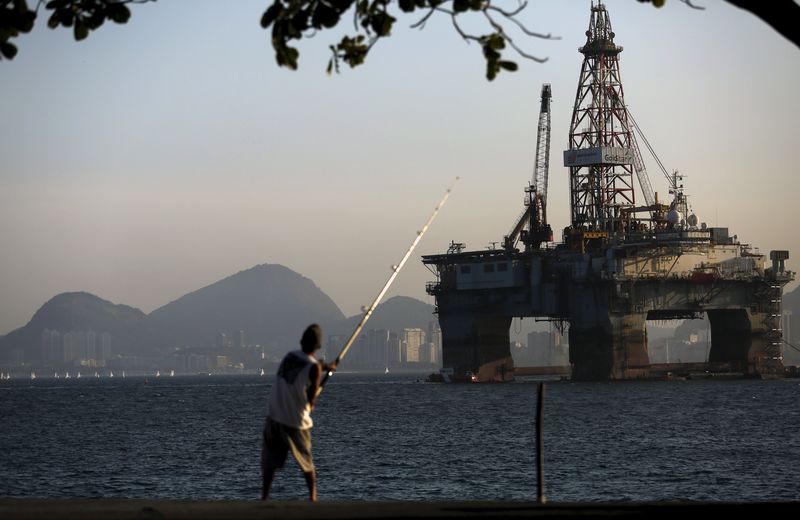* OPEC, other producers to meet May 25 to decide output policy
* Expectation is for 9-month extension of production cut
* High stocks, rising U.S. output have undermined production cuts
* How much will price curve in "backwardation" help? (Adds comment, updates prices)
By Henning Gloystein
SINGAPORE, May 24 (Reuters) - Oil prices rose on Wednesday, supported by confidence that an OPEC-led output cut aimed at tightening supply would be extended to all of 2017 and the first quarter of next year.
Brent futures LCOc1 rose to $54.28 per barrel by 0602 GMT, up 13 cents from their last close.
U.S. West Texas Intermediate (WTI) futures CLc1 were at $51.57 a barrel, up 10 cents.
Both benchmarks have gained more than 10 percent from their May lows below $50 a barrel, rebounding on a consensus that the Organization of the Petroleum Exporting Countries (OPEC) and other producers, including Russia, would extend their pledge to cut supplies by 1.8 million barrels per day (bpd) to March 2018, instead of just covering the first half of 2017. is meeting on 25 May with an extension of supply cuts at the top of its agenda. With oil stocks nowhere near OPEC's ... objective of the recent five-year average level, an extension of cuts seems all but a foregone conclusion," French bank BNP Paribas (PA:BNPP) said. Research said that the OPEC-led cuts would only result in a balanced market this year, and that from 2018 onward markets would return to oversupply, albeit at a lower level than 2013-2016.
"Over a 5+ year horizon, oil price growth is in a structural slowdown, pressured by persistent supply gains," BMI said.
HOW MUCH DOES BACKWARDATION HELP?
A key reason why markets have not tightened more has been U.S. oil production, which has soared by 10 percent since mid-2016 to 9.3 million bpd. C-OUT-T-EIA
Benefiting from a market known as contango, in which future oil prices are higher than those for immediate delivery, U.S. drillers have sold future production in order to finance expanding output.
To stop this, analysts at Goldman Sachs (NYSE:GS) and elsewhere suggest the price curve should be pushed into backwardation, where future oil prices are below current ones. backwardation would reduce inventories, it is less clear whether it can stop rising production. you have backwardation, it tells you to drain your tanks and produce more in order to monetise your production and reserves. As long as you make money from oil production, you'll produce and sell as much oil as you can," said John Driscoll, director of JTD Energy Services.
Past forward curves 0#CL: show that U.S. oil production rose at its fastest pace during times when prices were in backwardation (2011 to 2014).
Though prices were then higher, Driscoll said U.S. producers are now so efficient that they can live with a lower market. for some of the U.S. producers are estimated at close to $35-40 per barrel," he said.
Instead of selling future production in order to finance prompt output when the oil price curve is in contango, Driscoll said shale drillers can now use backwardation to sell prompt production while buying into the cheaper back-end of the curve as a hedge.
<^^^^^^^^^^^^^^^^^^^^^^^^^^^^^^^^^^^^^^^^^^^^^^^^^^^^^^^^^^^ U.S. oil production vs crude price curve
http://reut.rs/2qi3Y8j
^^^^^^^^^^^^^^^^^^^^^^^^^^^^^^^^^^^^^^^^^^^^^^^^^^^^^^^^^^^>
